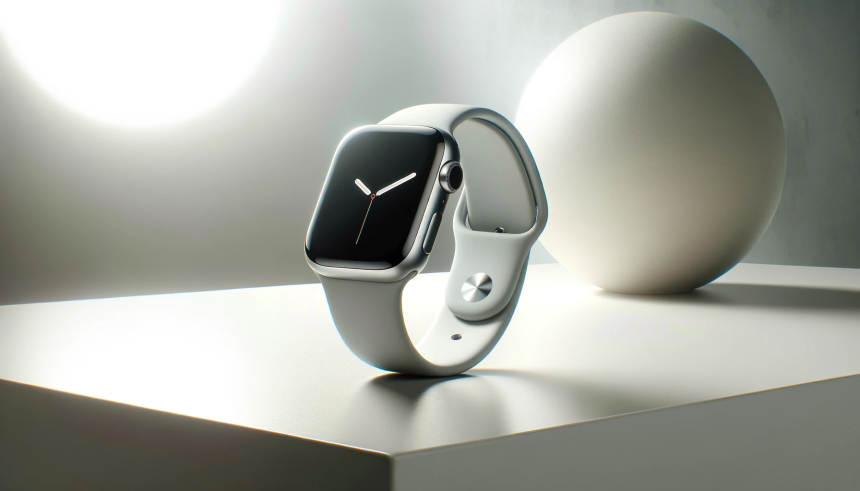The first-generation Apple Watch Series 1, which once bridged the gap between early adopters and mainstream consumers, now faces discontinuation in terms of support from Apple. The company’s decision to classify the device as obsolete restricts access to genuine repair components through Apple’s official channels and authorized service providers. Many customers who have relied on their devices for years will need to consider independent repair avenues or replacement options, as Apple’s policy affects all global regions. While some users see this as expected given the device’s age, others express frustration at limited repair options. For those weighing repair versus upgrade, device eligibility now plays a decisive role.
Apple had previously listed the original Apple Watch models as “vintage” before making them fully obsolete, as it did now with the Series 1. During the vintage period, some support was still available; the obsolescence decision now makes official service impossible, following patterns from previous device cycles. Earlier coverage indicated repair parts could occasionally be sourced after a product was listed as vintage, but today’s policy formally ends that possibility for Series 1 owners. Apple has consistently applied these timelines to its other product lines, including iPhones and MacBooks, with devices typically receiving seven years of support before being categorized as obsolete.
What drives Apple’s decision on obsolescence periods?
Devices are added to Apple’s obsolete list when manufacturing support and hardware components become increasingly unavailable, usually after a minimum of seven years. The company maintains defined timelines to manage resources and inventory effectively. As hardware manufacturing complexity grows, older components are gradually phased out, leading to support discontinuation.
What options remain for Series 1 owners after obsolescence?
Once a product is marked obsolete, Apple and authorized service providers stop supplying official repairs and parts. Third-party repair shops and used parts markets become primary avenues for owners seeking continued use of the Apple Watch Series 1. Some users may choose to upgrade to later models, such as the Apple Watch Series 9 or Apple Watch SE, for ongoing support and updated features.
How does Apple communicate these support changes?
Apple makes device support timelines and obsolete lists available to the public and communicates changes to its service networks. In reference to the policy, an Apple spokesperson stated,
“Products are considered obsolete when Apple stops distributing them for sale and support.”
The company also added,
“Once a product is obsolete, service providers cannot order parts for repair.”
These statements clarify the company’s official stance and provide guidance for service staff and consumers alike.
As the Apple Watch Series 1 joins other legacy devices on Apple’s obsolete list, consumers are reminded of the practical lifespan associated with modern technology. Users seeking continued functionality must weigh repair through unofficial channels or transition to newer devices offering improved hardware and ongoing updates. Owners interested in longevity should factor in obsolescence timelines when considering their next purchase, as such policies impact usability, access to genuine parts, and security. Decisions about upgrading or maintaining older models should take into account both repair accessibility and evolving feature sets. For individuals reliant on long-term device use, familiarity with tech lifecycle and support policies is essential when purchasing wearable devices or any rapidly evolving consumer technology.










